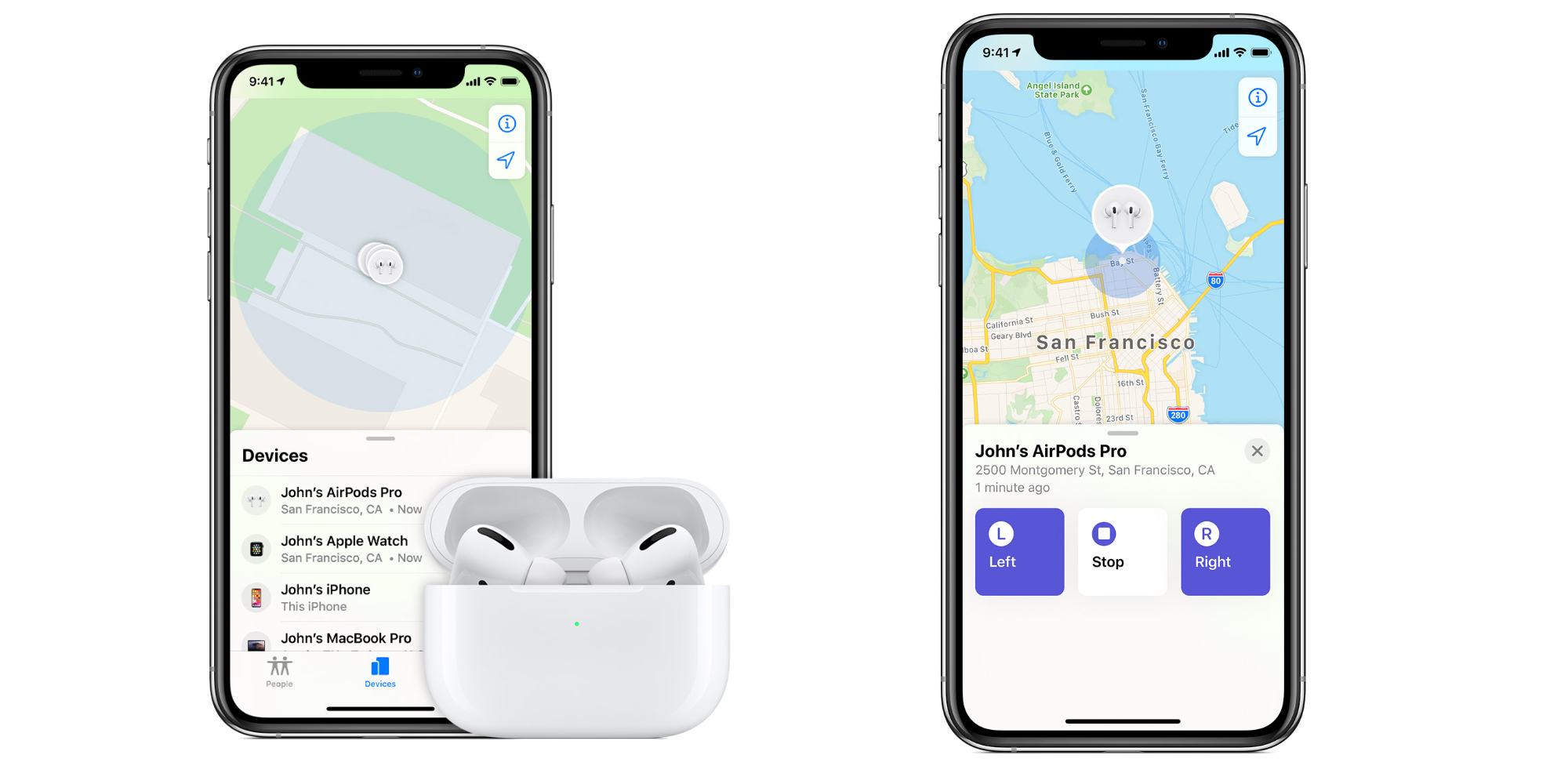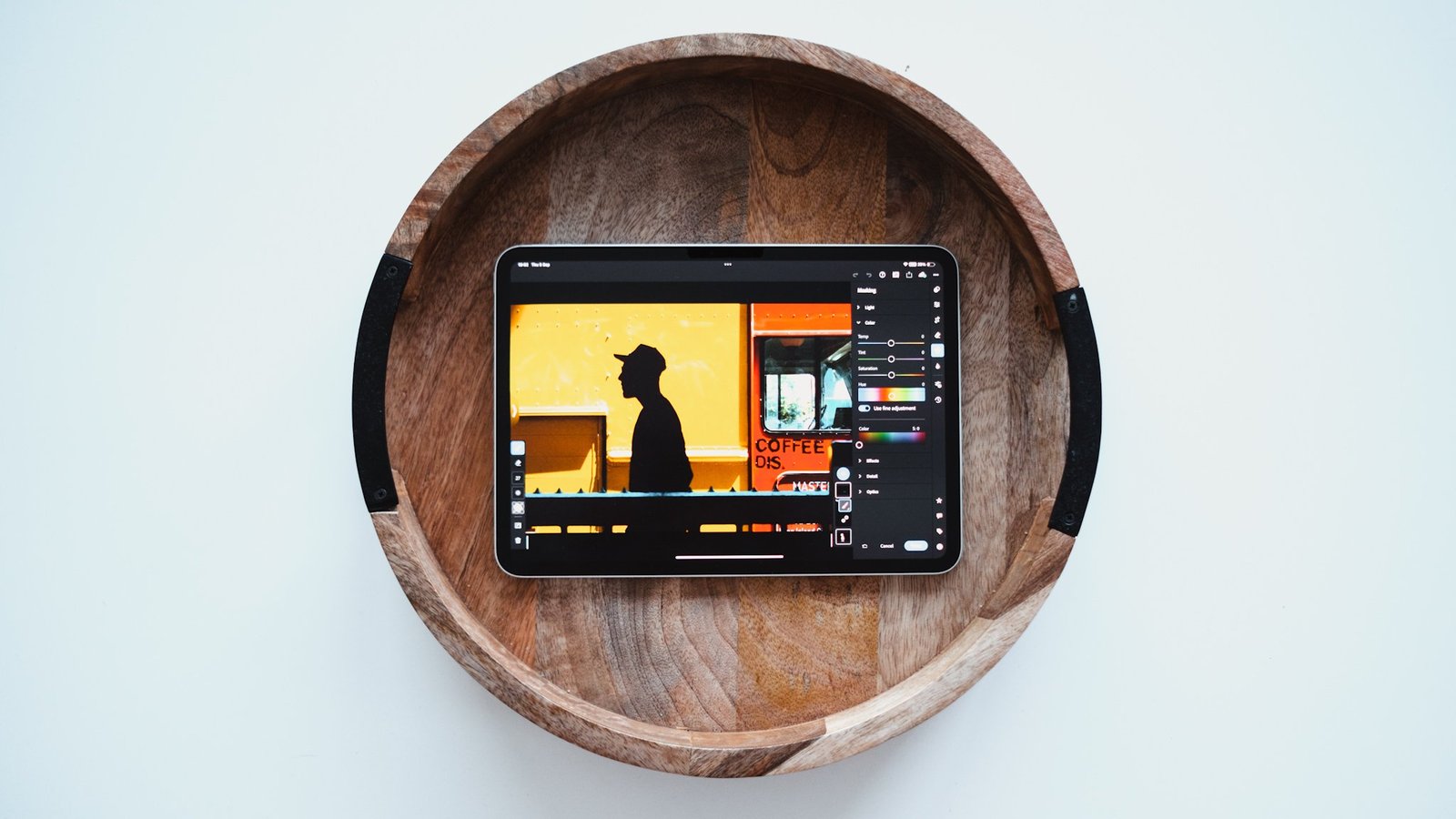China launched a navigation satellite which will conduct experiments which include pulsar detectors to demonstrate new technologies. The X-Ray Pulsar navigation satellite weigh 200 kgs and was launched from the Jiuquan Satellite Launch Center in the country’s north-west. The satellite was hurled into space by the Long March-11 rocket, the 239th flight mission by a Long March carrier rocket series. The X-ray pulsar navigation will help to develop more autonomous spacecraft navigation in the future.
The satellite, as well as its rocket, was designed by universities affiliated with the China Aerospace Science and Technology Corporation. The satellite was named XPNAV-1 and was launched at 7.42 a.m. aboard the solid-fueled rocket Long March 11. The satellite will be parked in a sun-synchronous orbit and will be using pulsar detectors to perfect a whole new technology. The satellite will be carrying two pulsar detectors.
According to Shuai Ping, who is the brain behind the project, it is an innovative navigation technology which uses the periodic X-ray signals emitted by pulsars as beacons to determine the location of spacecraft in deep space.
The mission will envisage validating the detector’s functions and how it responds to the background noise of the universe, map pulsar contours, and create a database for pulsar navigation. X-ray pulsar navigation will reduce the need of the spacecraft to ground-based navigation aids and help to navigate independently in future. Mapping the signals coming from the pulsars will do away ground-based navigation which takes hours in sending messages like the Deep Space Network and European Space Tracking network. Some pulsars emit radiation with the precision of an atomic clock.
China has embarked on an ambitious space program and seeks to rub shoulders with the big players in the segment. The latest X-Ray Pulsar satellite is none of the five satellites which it put into space aloft the Long March 11 rocket. The other co-passengers were Xaiaoxiang-1 and three Lishui-1 satellites.















